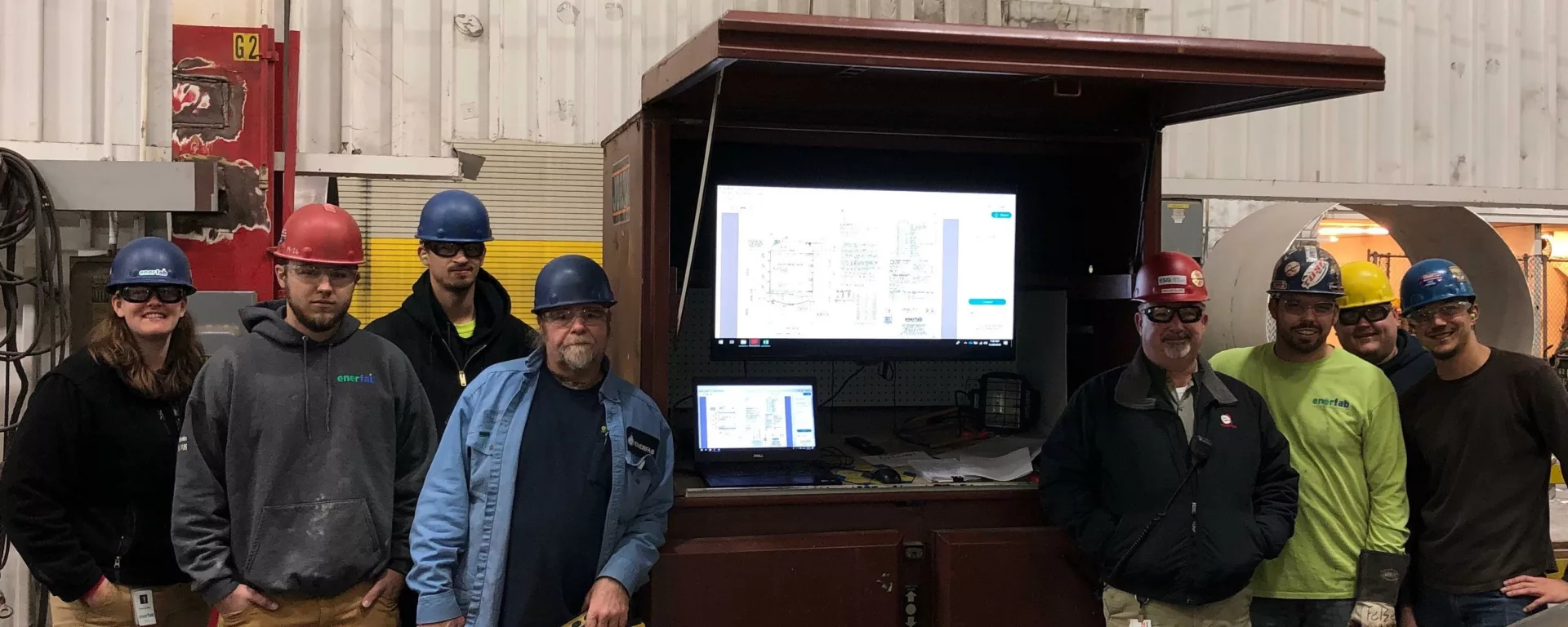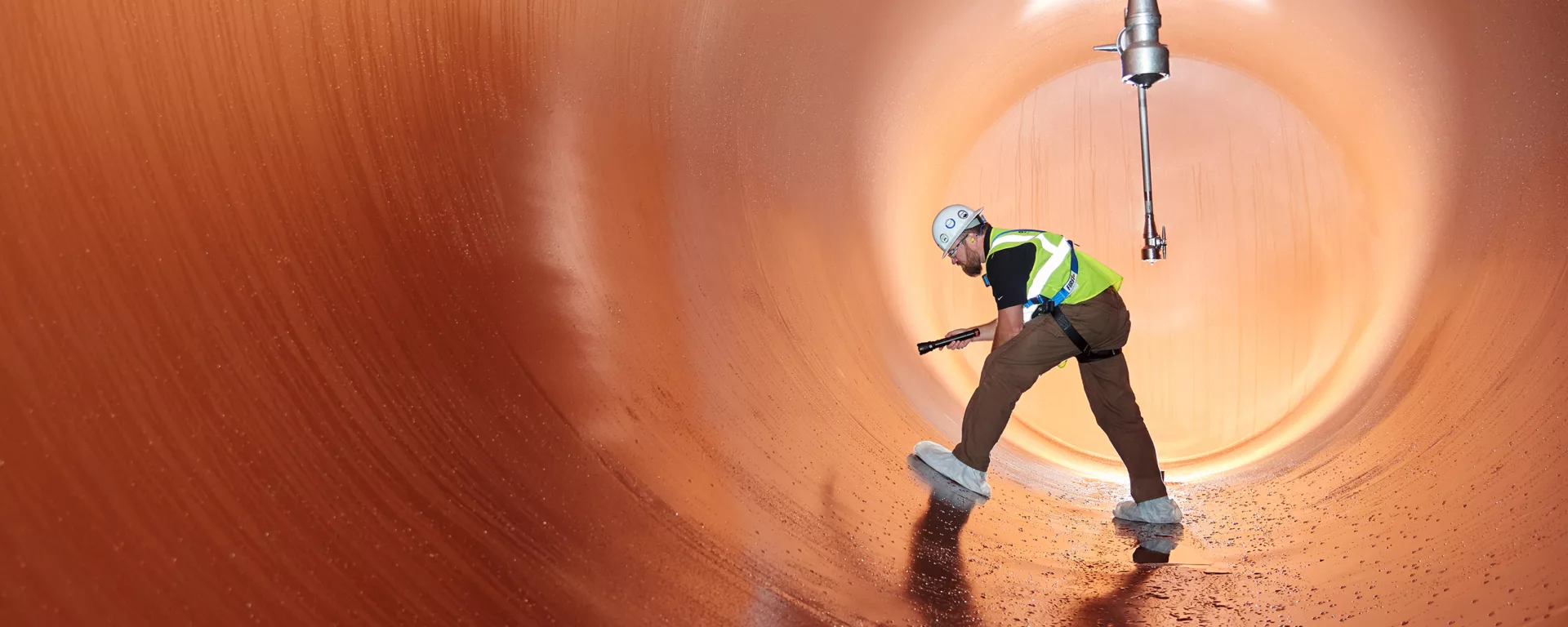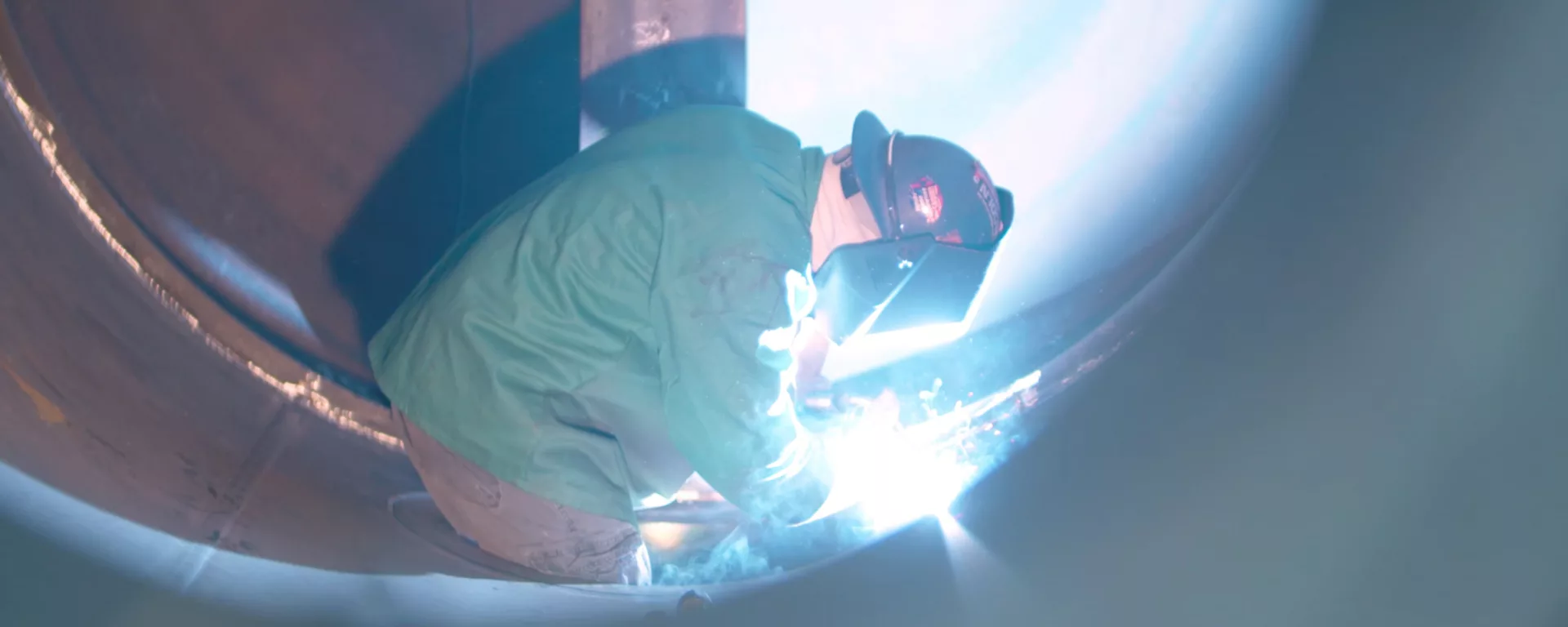Technology is a big passion of mine, and those who know me well know that I have always been an early adopter of all things tech. Construction technology is no different, and I continue to identify ways to implement the right technology to make our projects “smarter.” As we deploy technology in the construction industry at our job sites, in the back office, and in the field, I want people to be always thinking about how to do things smarter and more efficiently and be a bit more forward-thinking regarding what’s available. Smarter means a lot of things. In this context, I mean projects that are safer, higher quality, and delivered faster while having predictable results for our customers, vendor partners, and employees.
Enerfab has learned a thing or two in its quest to build smarter projects. Here are some of the key lessons I would impart to anyone embarking on the journey to innovate with construction technology:
1. Communication is key to overcoming resistance to technology.
The construction industry is probably one of the most lagging industries in technology adoption. This presents us with a huge opportunity to dive in and make stuff happen, but resistance to change is, at its core, a cultural issue and, therefore, something shops need to focus on. Communicating about the technological innovations that the shop is exploring and what it will mean for the team, industry partners, and our customers is important because people fear what they don’t understand. Common fears include technology replacing people in their jobs, hyper-monitoring on job sites, and failing to use expensive investments in technology successfully.
A part of using communication to overcome these fears is to realize that understanding exists on myriad levels. For instance, many embrace technological advancements for the enormous improvements to safety that they deliver, but we want to ensure our employees, partners, and customers understand all the benefits that technology can manifest. Thorough communication can go a long way in getting us there.
2. It’s not about whether you use technology but how.
How a shop utilizes technology is the secret sauce to any tech initiative and certainly gives Enerfab its competitive edge. Advances in tracking technology and cameras and sensors integrated into personal protective gear are a great example. There’s a perceived big-brother aspect to brass shacks, lock-out/tag-out technology, bar code scanning, and camera technology integrated into hard hats. While these innovations can help us bolster safety in critical situations with geo-mapping, muster points, and tracing the location of individuals, they can be powerful in other ways, too. These technological advancements empower us to monitor safety and create more efficient layouts of a job site, making our employees feel valued and integral to our operations.
There may be lines at the bathroom because there are not enough port-a-lets or bathroom facilities, or there may be tool crib locations that need to be spread out throughout the site and smaller than two central tool locations at the end of the plant. We could literally watch the flow of the job site to understand how to make things more comfortable for our people. It’s not just about safety — it’s also about efficiency and quality of life on a job site.
3. Capitalizing on tech’s full potential comes from learning lessons in the field.
Some lessons can only be learned from experience. As you deploy technology to your teams and on job sites, keep your eyes open for unexpected ways that technology can be helpful. One of the practical applications we have been advancing is 3D laser scanning. This significant technological advancement is getting better, faster, and easier to deploy and holds tremendous benefits, particularly in quality assurance prior to shipping the modules and skids we fabricate.
On one occasion, some things got damaged in transit and had to be reworked in the field. However, thanks to our 3D laser scanning technology, we were able to go back to the shipping carrier and confirm that when we scanned the items and loaded them onto the carrier’s truck, everything was fine. It turns out they over-tightened some of their straps and chains on the truck. We were able to work with the shipper to cover the cost of the rework that was needed because of the error. This was an unintended consequence of the technology, but now we scan everything before shipping for verification, providing us with a valuable problem-solving tool.
4. Technology should facilitate predictability for the shop and its customers.
A shop should never just deploy technology or collect data for the sake of it. These tools and data must serve a broader purpose in creating predictability, fostering safety, and enabling optimal resource use. 3D laser scanning produces a twin of newly constructed projects or as-found environments, and geo-tagging enables us to map assets within a scan and on a job site. It could be a tank, a valve, or a piece of capital equipment that requires routine maintenance. You can link that to a backend database telling the operator when to maintain that equipment. It’s possible to track the whole lifecycle of a piece of equipment or an asset to manage depreciation, maintenance, and so forth. We also aim to integrate into our customers’ maintenance databases. To do that, we use bridges between different software programs to generate work orders and automatically track the time of that work order.
What is the full potential of how we can use this information?
When our customers’ plants get sold or have employee turnover, there is an opportunity to help if there’s no recent as-built drawing, which 3D laser scanning can help provide. We benefit from a planning standpoint of what is in the plant, identifying the last time the asset received maintenance and trying to cross-reference that old data to build future data around those assets.
Another significant advantage we bring is the ability to help customers proactively plan the most efficient possible maintenance schedules regarding outages and downtime. Once we have logged all the relevant data into the system, we can assist the customer and the quality group with two-, three-, or four-year planning cycles of making replacements or scheduling when the customer needs to bring the plant down to repair a tank. We can plan for temporary storage, or we can plan for partial outages at the plant so that the team can still get the same amount of work done and schedule a time to get that tank repaired. This proactive approach to maintenance planning ensures the reliability of operations and makes the audience feel secure about their business continuity.
Again, it’s being smarter about managing downtime to keep that predictability and the plant up and running as much as possible.
5. Vertical integration enables shops to maximize tech’s power for the customer.
Owning and controlling processes up and down the value chain is a huge advantage in building smarter projects and is a differentiator for us in the market. Most entities scanning are engineering companies or construction management companies. They are doing the scan and layout, but they then need to subcontract the work or fabricate the equipment that goes into the project. We do the scanning, and we own fabrication facilities and shops. We see it through — we model a project, we back-check it, we fabricate it, we scan it again, and we can virtually model and overlay it with augmented reality. We can ensure that every benefit from leveraging construction technology has a positive impact across the entire ecosystem, not just within the narrow confines of one process step.
At the end of the day, technology helps us become more efficient. It also enables us to be more competitive in the marketplace, saving our customers time and money while helping us improve our margins. Additionally, it enables us to work safer, maintain the highest quality standards, and maximize our labor resources in the shop and field. Everybody wins! It is not about working harder — it is about working smarter.




